A question I am often asked is, 'why there is such a vast range regarding square footage costs for new home construction?' I like to respond with “how big is a square foot?” A somewhat tongue-in-cheek answer, that I wish I had authored, but it illustrates the point that the costs are purely associated with what goes, and perhaps more importantly what gets included, into a square foot. It is really about what is being included in the overall budget that creates the number.
Size always matters, but only to a point when we think of average sized houses. Whether a house is 3000 or 3300 square feet does matter in terms of concrete, lumber, roofing, flooring, and their respective labour costs, but often not in the window, bathroom, and kitchen costs often stay the same. That said, these last few items can be the largest line item contributors in any budget.
It is vital that if a realistic budget is to be created, all the information needs to be detailed and included from the start. If it is figured out as the project moves along, you will only know the grand total once the home is complete. Is the hardwood prefinished or site finished? The cost of tile can fluctuate from $15-40 dollars installed. Doors are another item, prefinished pressboard doors are very cost effective as they are pre-hung - a hollow core door can sell for $80-$100 retail. A solid core, site installed, door can easily start at $300 per door. Multiply this by 30 plus doors in a house and you get a significant differential.
A home can be budgeted almost to the nickel to drywall/lock up, as the preceding stages typically get competitively quoted. It is everything that comes after that tends to increase budgets. It is incredibly hard to choose every finish prior to construction so often “allowance“ numbers are used to budget a homes interior finishes. These allowance figures have to be realistic to the client and the home. A $25,000 allowance for bathroom fixtures seems sufficient, almost extravagant, but a if a single free standing tub is chosen that cost $10,000 (without the filler) there is no way the allowance figure will be met. Lighting fixtures are another area where budgets are lost. It is almost overwhelming to go into a lighting store and choose amongst the thousands available so it tends be left to much later in the construction cycle.
This all said, I feel the biggest contributor to the differential is what is, and isn’t, being included. It is the exclusions that make the difference, are items such as: a detached garage, exterior concrete flat work (sidewalk and patios), appliances, basement development, and refuse removal, included. If not they can equalize numbers quickly. There can be over $200,000 associated with the aforementioned items and there are more.
Even before you get to build a new inner city home, the existing house has to be removed. Volume very much matters here, but average cost range from $15,000-$20,000. If asbestos, lead, vermiculite, to name a few, are found it has to be abated before anything heads to the landfill. What was $15,000-$20,000 can quickly become $30,000-$40,000 and beyond. This is very much buyer beware. One thing to look for, which can help a budget greatly, is if a house can be moved. If so, you are very much ahead even if you don’t get paid for the home.
Re-servicing the lot is often overlooked and also has to be considered. It is easily $20,000-$25,000 to renew the water and sewer connections. Overhead power reconnects are not typically significant, but if a new underground electrical service is desired, it will certainly add to the budget.
I will finish with landscaping and window coverings, some do not feel this is part of the actual house so it should not be included in the construction price. Ultimately you will need plantings/grass, sidewalks, and something to cover the windows to complete a home so room in the budget should be left to accommodate these items. An additional consideration is a flat lot is much easier to landscape that a sloping lot as topography often has to be retained.
In the end a $300 per foot home can be identical to a $400 per foot home once a budget is equalized. Include everything you want as part of the finished project and make sure it has a place in the budget.
I welcome any questions or comments that you may have.
Marvin DeJong, Prairie Drawing Room
Alberta Phone: 403-640-9440 // BC Phone: 250-430-9330
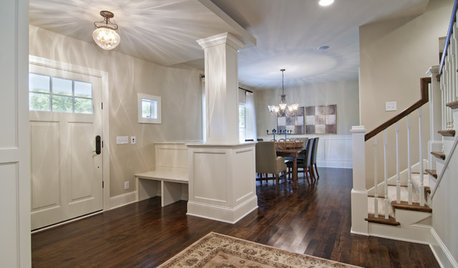
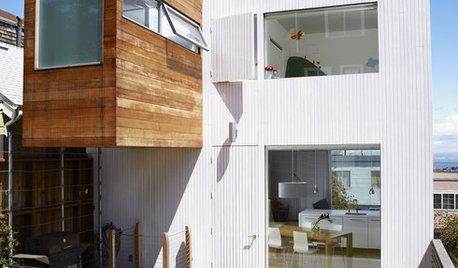
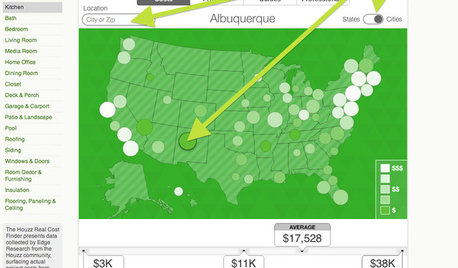


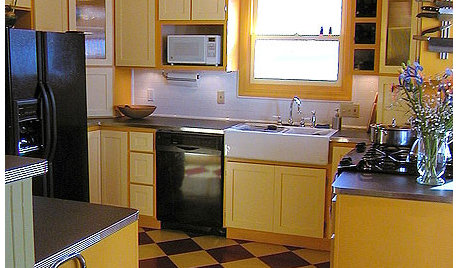
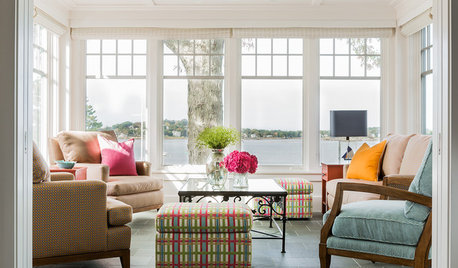
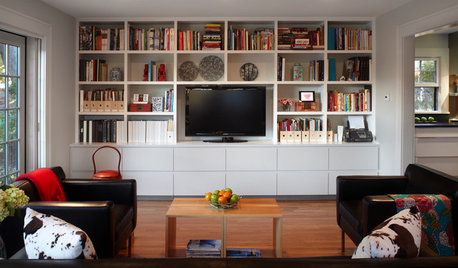

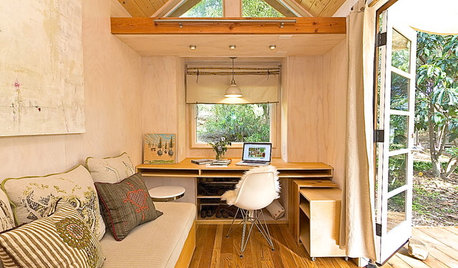







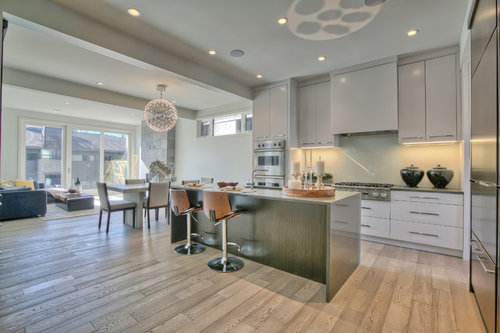

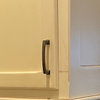



Vancity Electric
Worley Construction, Inc.
Related Professionals
Lafayette Architects & Building Designers · Vancouver Architects & Building Designers · Lafayette Kitchen & Bathroom Designers · Ramsey Kitchen & Bathroom Designers · Rancho Mirage Kitchen & Bathroom Designers · Des Moines Furniture & Accessories · Tulsa Furniture & Accessories · San Elizario Furniture & Accessories · Asheville Furniture & Accessories · Dumont Furniture & Accessories · Aurora General Contractors · Jefferson Valley-Yorktown General Contractors · Panama City General Contractors · Seabrook General Contractors · Warren General Contractors